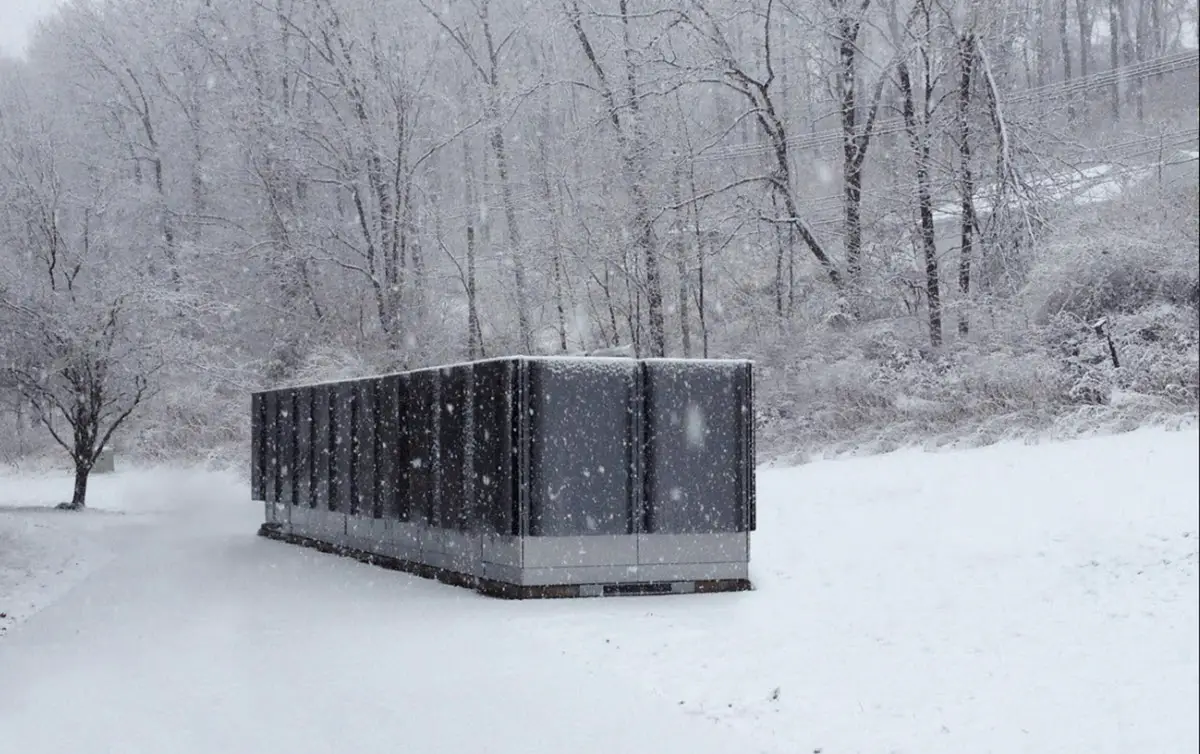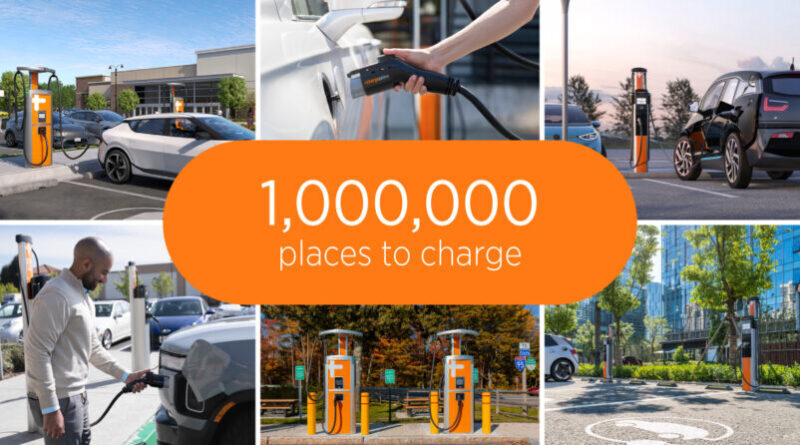Why Major Players Like NASA and Shell Partner with Bloom Energy
Transforming Energy Generation with Resilient Microgrid Tech Bloom Energy has emerged as a leader in clean energy solutions, offering technologies…
Transforming Energy Generation with Resilient Microgrid Tech
Bloom Energy has emerged as a leader in clean energy solutions, offering technologies designed to meet the rising global demand for reliable and sustainable power. During a CNBC interview, CEO KR Sridhar explored the company’s advancements, emphasizing its role in solving critical energy challenges. Recent projects, such as partnerships with NASA, Shell, and other prominent organizations, highlight their impactful strides in sustainable energy technology while addressing pressing power needs for sectors like data centers and industrial operations.
Targeting AI and Data Centers: A Smart Move for Bloom Energy
Bloom Energy’s focus on AI and data centers taps into industries with surging energy demands, where reliability and efficiency are critical. These sectors rely on uninterrupted power, and Bloom’s on-site generation technology, powered by solid oxide fuel cells, eliminates transmission losses and enhances resilience.
From the interview with KR Sridhar, it’s clear that Bloom Energy is prepared to meet the immense energy demands of AI and data centers. Their scalable solutions, capable of delivering gigawatt-level energy, position them as a reliable partner for these fast-growing industries. With the added ability to integrate hydrogen for zero-carbon power, their technology is both sustainable and forward-looking. By tackling the critical energy challenges of these sectors, Bloom Energy solidifies its role as a key player in an industry driven by the need for efficient, resilient, and clean power.
A Look Behind Their
Bloom Energy’s Energy Server stands apart due to the science behind its solid oxide fuel cells. These fuel cells rely on thin ceramic plates coated with a proprietary material to trigger an electrochemica
Solid Oxide Fuel Cell Technology
l reaction, directly converting fuel molecules into electricity. This method eliminates the energy losses associated with traditional combustion-based systems.
Solid oxide fuel cells (SOFCs) differ from other types of fuel cells in several key ways:
-
Operating Temperature: SOFCs operate at very high temperatures, typically between 500-1,000°C, which is much higher than other fuel cells like proton exchange membrane fuel cells (PEMFCs) that operate at 60-100°C.
-
Electrolyte Material: They use a solid ceramic electrolyte, which is different from the liquid or polymer electrolytes used in other fuel cells. This solid-state construction contributes to their durability and efficiency.
-
Fuel Flexibility: SOFCs can utilize a variety of fuels, including hydrogen, natural gas, biogas, and other hydrocarbons, providing more flexibility compared to some other fuel cells that primarily use pure hydrogen.
-
Efficiency and Applications: SOFCs are known for their high efficiency, especially in combined heat and power applications. They are often used for large-scale stationary power generation and auxiliary power units for vehicles.
-
Start-up Time: Due to their high operating temperatures, SOFCs have longer start-up times compared to other fuel cells like PEMFCs, which can start up quickly.
These characteristics make SOFCs particularly suitable for applications where high efficiency and fuel flexibility are important, despite the challenges posed by their high operating temperatures.
Sridhar highlighted the unmatched efficiency of fuel cells, stating, “There is no more efficient way to convert a molecule, like natural gas, into electricity than a fuel cell. Period. That is science. That is technology.” He underscored the critical benefits of generating power directly on-site, eliminating reliance on distant grids and ensuring uninterrupted energy for vital facilities like hospitals and data centers where power outages are simply not an option.
With the rise in natural disasters such as hurricanes, floods, and wildfires, Sridhar emphasized that this technology is no longer just efficient—it’s essential for resilience in an unpredictable world.

Weather Resistant Bloom Energy Microgrid Technology – Image Credit Bloom Energy News Room
Recent Developments
Bloom Energy’s advancements extend beyond their energy servers to include innovations in hydrogen production and carbon capture. At NASA’s Ames Research Center, their high-temperature electrolyzer system delivered exceptional results, generating hydrogen with 20–25% greater efficiency than traditional methods. This system, capable of producing more than 2.4 metric tons of hydrogen daily, underscores Bloom’s potential to lead the clean energy landscape.
The company also announced this month a major partnership with HPS Investment Partners and Industrial Development Funding to support 19 MW of Energy Server deployments through a $125 million funding arrangement. The deal covers advanced on-site microgrid solutions and will enable Bloom to deliver clean, dependable power to commercial and industrial customers without upfront costs, leveraging PPA structures. This collaboration will expand Bloom’s access to capital.
These accomplishments highlight Bloom’s ability to contribute to decarbonization efforts in industries ranging from transportation to manufacturing. Their ongoing collaboration with Shell demonstrates the real-world applications of this technology, as the two companies work on scalable hydrogen production systems to reduce carbon footprints across global facilities.
Other significant partnerships include projects with Caltech and South Korea’s SK ecoplant, further cementing Bloom Energy’s role in developing resilient and decentralized energy systems for a wide range of sectors.
Importance and Timelines
The urgency of clean energy becomes apparent as industries like artificial intelligence and data-driven technologies fuel a sharp rise in power needs. Traditional grids, limited by aging infrastructure and climate-related vulnerabilities, face challenges in meeting this demand. Bloom Energy’s solution lies in decentralized power systems that scale quickly, offering a timely alternative to grid dependence.
With net-zero goals looming large, Bloom Energy aims to facilitate rapid deployment of gigawatt-level installations. Their hydrogen production technologies and adaptive power systems mark a clear path forward for industries in search of sustainable and efficient energy solutions without delays.
Conclusion
Bloom Energy’s suite of technologies represents a substantial shift in how we think about power generation and distribution. Their fuel cells, electrolyzers, and carbon capture innovations combine to offer solutions that address today’s energy demands while aligning with long-term sustainability goals.
These advancements are not just theoretical—they are practical tools we can deploy now to manage energy shortages, boost grid resilience, and combat climate-related disruptions. By integrating hydrogen solutions and decentralized systems, Bloom’s technology illuminates a future where clean, efficient power generation is readily available.
While the broader adoption of these solutions will require continued innovation and strategic partnerships, the potential is undeniable. These technologies act as a bridge to a reimagined energy framework—one that is prepared to sustain future generations with reliability and minimal environmental impact.
What's Your Reaction?





























































